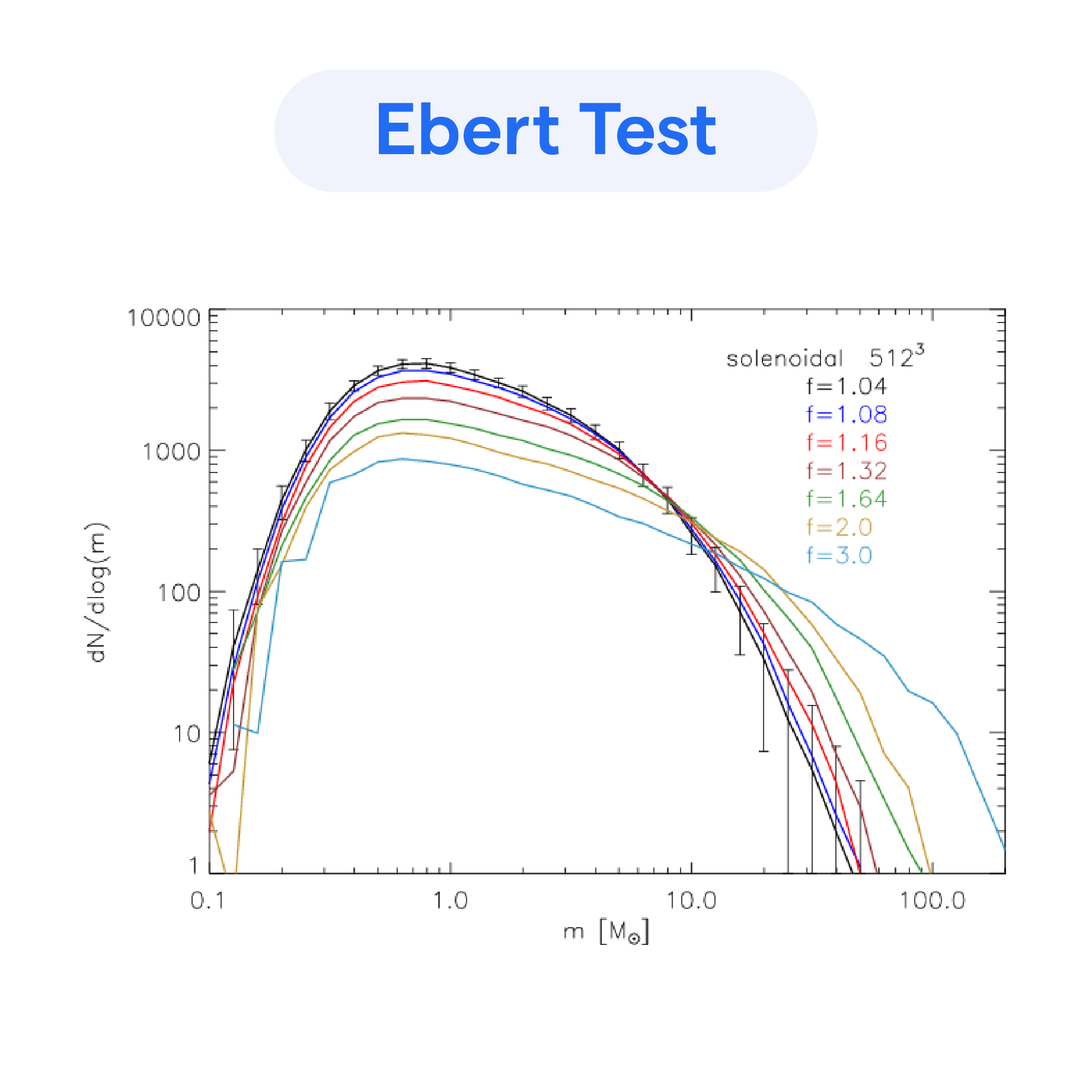What is the Ebert Test?
The Ebert Test is a measure developed by the renowned film critic Roger Ebert, to evaluate the ability of a computer-based synthesized voice to adequately deliver a joke that provokes laughter.
Origins of the Test
Ebert presented the concept at the 2011 TED conference, challenging software developers to construct a computerized voice with the ability to master the inflections, timing, delivery, and intonations of a speaking human.
Relation to the Turing Test
The Ebert Test bears a notable similarity to the Turing Test. Proposed by Alan Turing in 1950, the Turing Test gauges a computer's ability to exhibit intelligent behaviors practically indistinguishable from those of a human.
Purpose of the Test
The core purpose behind Ebert's test revolves around making a machine capable of duplicating not just human speech but the nuanced elements that make it natural and engaging.
Quote from Ebert
During the introduction of this Test, Ebert mentioned, "If the computer can successfully tell a joke and do the timing and delivery as well as Henny Youngman, then that's the voice I want."
Role in Speech Synthesis
The idea of the Ebert test has significant relevance to the field of speech synthesis, pushing the limits of what text-to-speech tools can achieve in terms of mimicking human speech patterns and tones.
Who Developed the Ebert Test?

The Ebert Test is named after its developer, Roger Ebert, a respected film critic noted for his insightful reviews and engaging style.
About Roger Ebert
Roger Ebert was a renowned film critic highly regarded for his astute observations, insightful reviews, and an ability to engage readers with his conversational style.
Ebert and the TED Conference
Ebert proposed this test at the 2011 TED conference as a challenge to software developers worldwide.
Later Career and Challenges
Ebert lost his voice due to surgical treatment for cancer. Despite this, he continued to contribute to the film world by writing reviews.
Collaboration with CereProc
After losing his voice, Ebert started working with CereProc, a Scottish company specializing in text-to-speech software solutions. They attempted to recreate Ebert's own voice using extensive recorded material.
Lasting Legacy
Ebert's name continues to be associated with quality film criticism. His Ebert Test proposes an important milestone for voice synthesis technology.
When was the Tests Introduced?
The Ebert test was introduced in 2011 by Roger Ebert during the TED conference.
Context of the Introduction
Roger Ebert proposed the concept of the Ebert Test during a presentation at the TED conference in 2011.
Ebert’s Health
By the time he introduced the test, Ebert had already lost his voice due to cancer treatments.
Use of Text-to-Speech Software
Even without his voice, Ebert remained publicly active, using text-to-speech software to communicate.
Public Reaction
The public received Ebert's announcement with a mix of surprise and fascination, as it promised a new milestone in voice synthesis technology.
Future Implications
Ebert's introduction of this Test in 2011 pointed towards a future where machines could not only mimic human speech but also imbibe its nuances to deliver it in a lifelike manner.
Where is the Ebert Test Applied?
The Ebert Test primarily finds its use in the field of voice synthesis and artificial intelligence.
Voice Synthesis Industry

The Ebert Test is a standard within the voice synthesis industry, pushing the limits of what AI technology can achieve in replicating human speech.
Software Development
Software developers aiming to create sophisticated text-to-speech solutions often consider the Ebert Test as a benchmark for their products.
Artificial Intelligence Research
In AI research, the Ebert Test presents a distinct challenge — to make machines speak as naturally as humans not just in tone, but also in the facet of humor.
Innovation and Challenge
In the domain of innovation and challenges, the Ebert test is often seen as a thrilling task for software developers and AI enthusiasts.
Revolutionizing Human-Computer Interaction
By aiming to give machines the ability to mimic human speech nuances, the Ebert Test has the potential to revolutionize human-computer interaction.
Why is the Ebert Test Significant?
The Ebert Test holds great significance in the realm of computers, AI, and how we interact with technology.
Pushing the Limits of Technology
The Ebert Test pushes the boundaries of what text-to-speech technology can accomplish, making it a great stride for AI development.
Humanizing Machines
By imagining a machine that can not only speak like a human but tell a joke convincingly, the Ebert Test attempts to bring a new level of 'humanness' to machines.
Accessibility Considerations
For individuals who have lost their ability to speak, such as Ebert himself, developments towards achieving the Ebert Test's criteria could provide a more natural and personal means of communication.
Impact on AI Research
The Ebert Test is significant because it affords a unique perspective on AI research, adding a complex layer to the concept of machine intelligence in the form of humor understanding and delivery.
The Future of Human-Machine Interactions
In the grand scheme of things, the Ebert Test is essential as it points to a future where our interaction with machines becomes more natural, dynamic, and human-like.
How does the Ebert Test Work?

The Ebert Test works by testing if a synthesized voice can tell a joke with enough expertise to induce laughter.
The Criteria
The primary criterion of the Ebert Test is delivering a joke convincingly. The machine has to replicate the nuances of human speech — the inflections, timbre, timing, and intonations.
Execution of the Test
The machine passes the Ebert test when its joke-telling generates amusement to listeners, similar to how humans would react to a well-delivered joke by another human.
The Result
The results of the Ebert Test are subjective and depend on listener reactions, reaffirming the complex nature of humor and its perception.
Understanding Success
Fulfilling the Ebert Test does not merely mean replicating a joke's words. It requires a deeper understanding and replication of the various aspects that combine to make a joke funny when delivered by a human.
Implications for AI Development
The Ebert Test serves as an ambitious goal for AI developers. Meeting its criteria would mean reaching unprecedented levels of sophistication in voice synthesis technology.
Frequently Asked Questions (FAQs)
What's the Purpose of the Ebert Test?
The Ebert test is designed to determine if a computer-generated voice can tell a joke convincingly enough to make people laugh. It was proposed by movie critic Roger Ebert in order to challenge software developers to improve voice synthesizers.
How Does the Ebert Test Relate to the Turing Test?
The Ebert Test, much like the Turing Test, gauges a machine's human-like capabilities. While the Turing Test measures a machine's ability to display behavior equal to, or indistinguishable from, human behavior, the Ebert Test specifically assesses its ability for storytelling and joke-telling in human-like ways.
Who Developed the Voice that Ebert Used After Losing His Voice?
Roger Ebert lost his own voice due to cancer surgery and later employed a company called CereProc. This Scottish firm specializes in customizing text-to-speech software for voiceless individuals. Using recorded tapes and DVD commentaries by Ebert, they created a voice that sounded more like his own.
Where Was Ebert's Computer-Generated Voice First Publicly Used?
Roger Ebert first publicly used his computer-generated voice from CereProc during his appearance on The Oprah Winfrey Show on March 2, 2010.
What Inspired Roger Ebert to Propose the Ebert Test?
After losing his voice to cancer and having to use a computerized voice, film critic Roger Ebert was inspired to pose a challenge to software developers – to create a synthesized voice that could deliver a joke well enough to make people laugh. This led to the Ebert Test.

